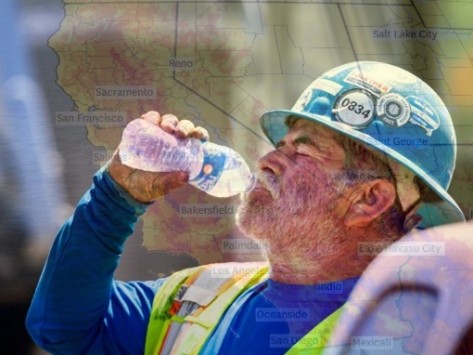Waltham, MA – Sept. 30, 2025 — As more states adopt heat safety standards, a new study from the Workers Compensation Research Institute (WCRI) found that California’s 2005 heat standard led to fewer work-related injuries on hot days.
“Policymakers at the local, state, and federal levels are debating heat safety standards. These findings offer measurable evidence of how California’s policy reduced injury rates during extreme heat and offer relevant data to inform the national conversation about worker protection,” said Ramona Tanabe, president and CEO of WCRI.
The study, Impact of California’s Heat Standard on Workers’ Compensation Outcomes, measured how California’s heat standard impacted the frequency of injuries in occupations with substantial exposure to outdoor heat, like construction, agriculture, and transportation. The heat standard requires employers to provide water, shade, rest breaks, acclimatization plans, and emergency response protocols during excessive heat.
The study also answers the following questions:
- How large is the impact of the heat standard on injury frequency in industries with outdoor heat exposure?
- Does the impact of the heat standard increase with higher temperatures?
- Does the impact of the heat standard vary for younger versus older workers?
Previous WCRI research found that excessive heat not only causes heat-related illnesses such as heat exhaustion but also impairs judgment and perception, increasing the risk of accidents such as being struck by machinery. Heat-related illnesses are 11 to 18 times more frequent on days above 95°F compared with days between 75 and 80°F, yet they represent 20 to 25 percent of all injuries attributable to heat.
The report is free for WCRI members and available for purchase by nonmembers at www.wcrinet.org. It was authored by Olesya Fomenko, Melissa McInerney, and Sebastian Negrusa.
 Back to News
Back to News






